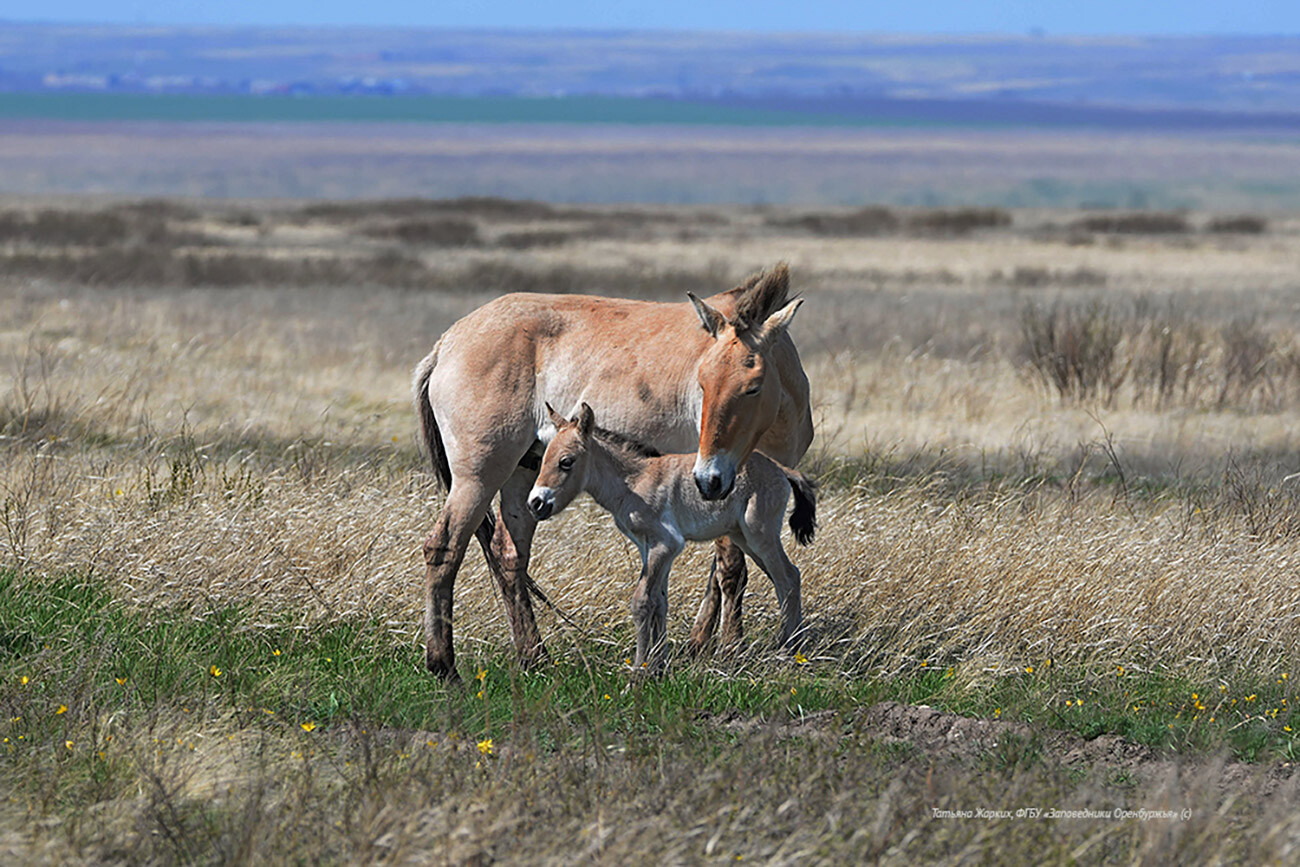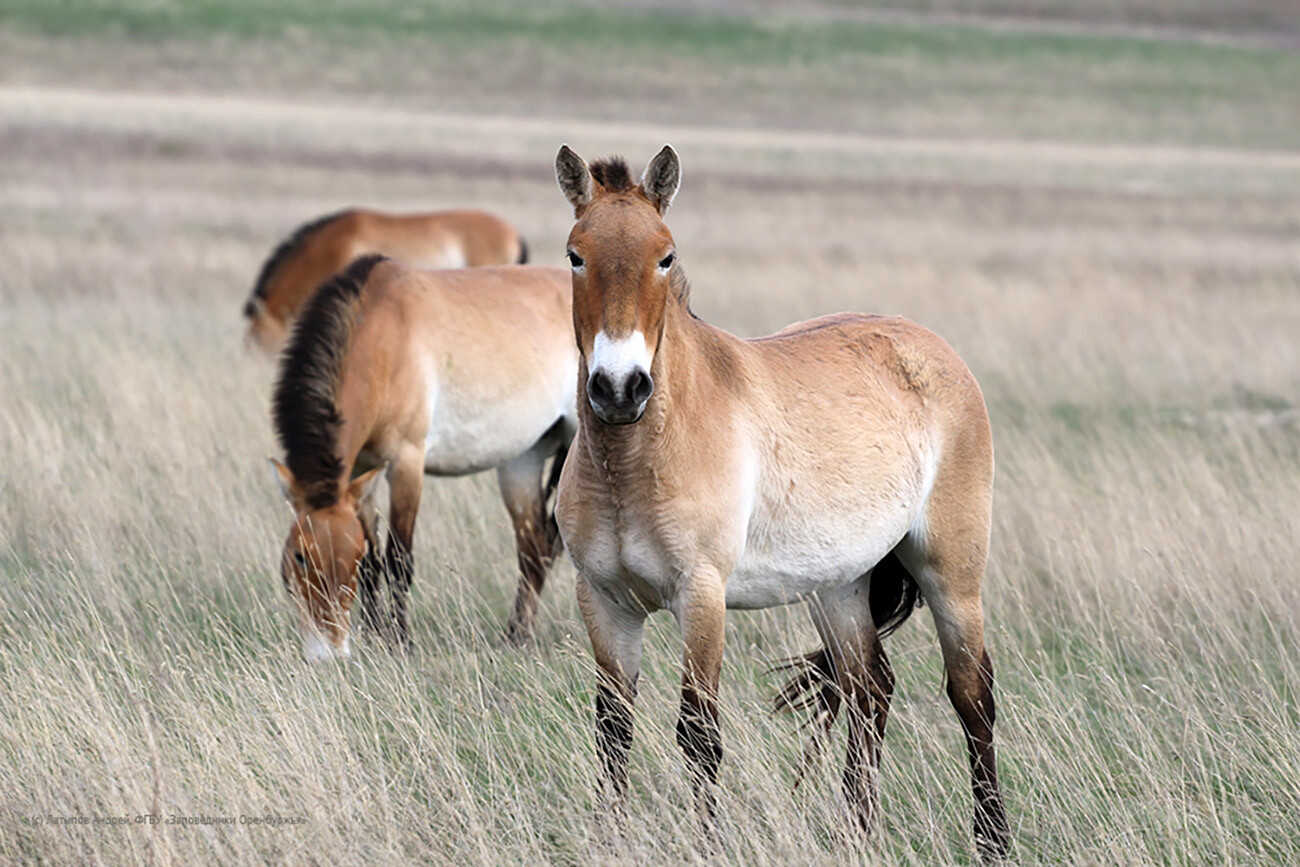Przewalski's horse: How the last wild horse on Earth lives in Russia


The wild horse was discovered by Russian geographer Nikolai Przewalsky in 1878, but, by the late 1960s, the species had all but disappeared. The reason was the extremely harsh winters of 1944-1945, which led to a severe population decline.

All modern Przewalski's horses descended from wild horses, which, at that time, remained in zoos and reserves around the world.

The wild horse differs from the domesticated horse in the number of chromosomes. The domestic horse has 64 chromosomes, while the wild horse has 66. Based on this, modern scientists believe that there used to be several types of horses and that the wild and domestic had different ancestors.

Externally, these horses are also different: the Przewalski's horse has a donkey's tail, small ears and legs covered with dark stripes, like a zebra. A dark stripe also runs from the withers to the tail. However, wild and domestic horses can produce offspring together.

The Przewalski's horse is listed in the ‘Red Book of Russia’ and the ‘Red List of the International Union for Conservation of Nature’ (IUCN). Currently, the population is being restored in several countries around the world.

In Russia, it has been revived in the Orenburgsky Reserve since 2015. In the Orenburg steppes, they already gave birth to their first offspring in 2018. Now, the local population numbers about 100 horses.

In nature, horses live in herds, at the head of which is the alpha male, while the rest are his "harem" and foals. In the reserve, they are under constant observation of scientists.


